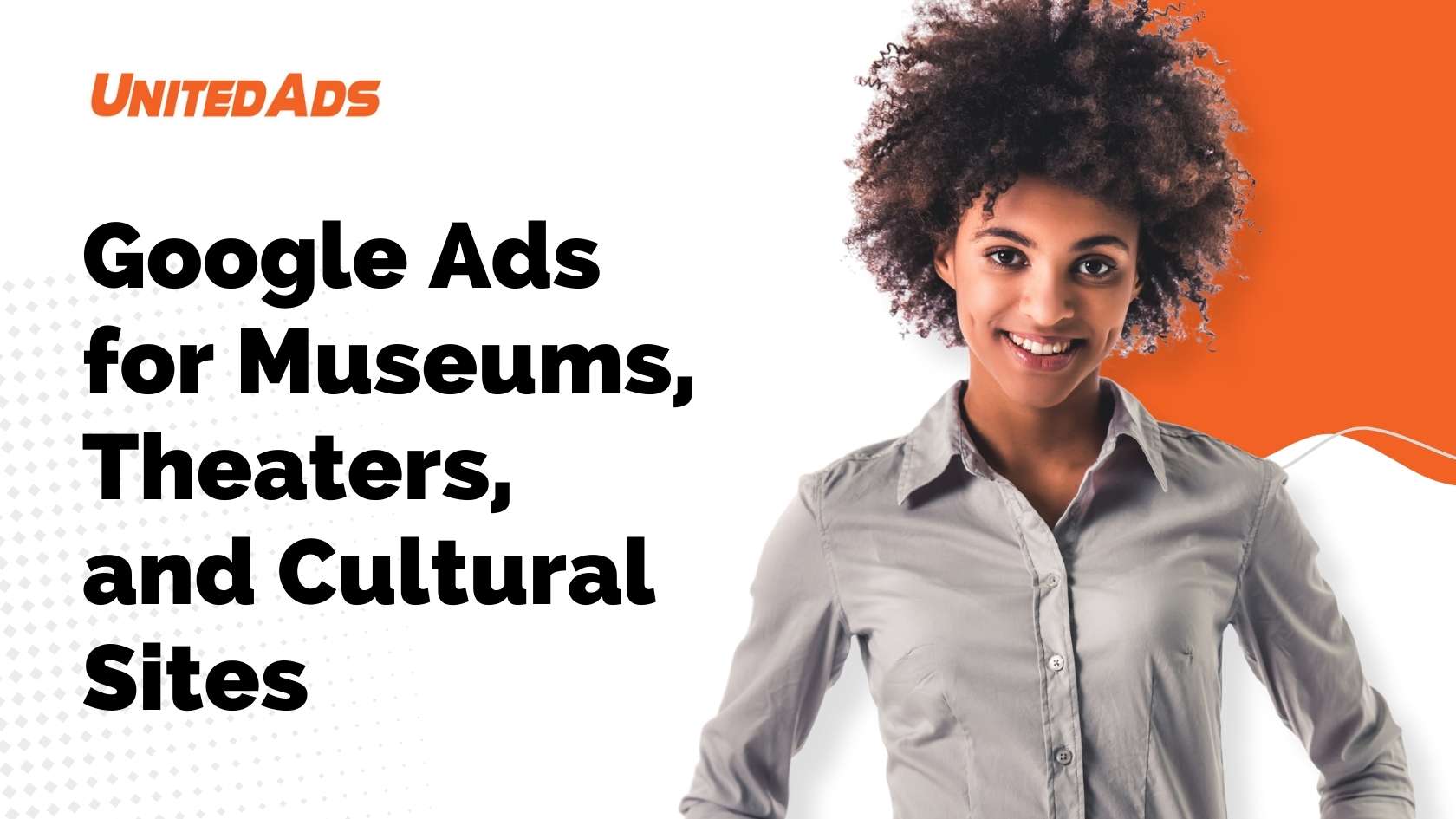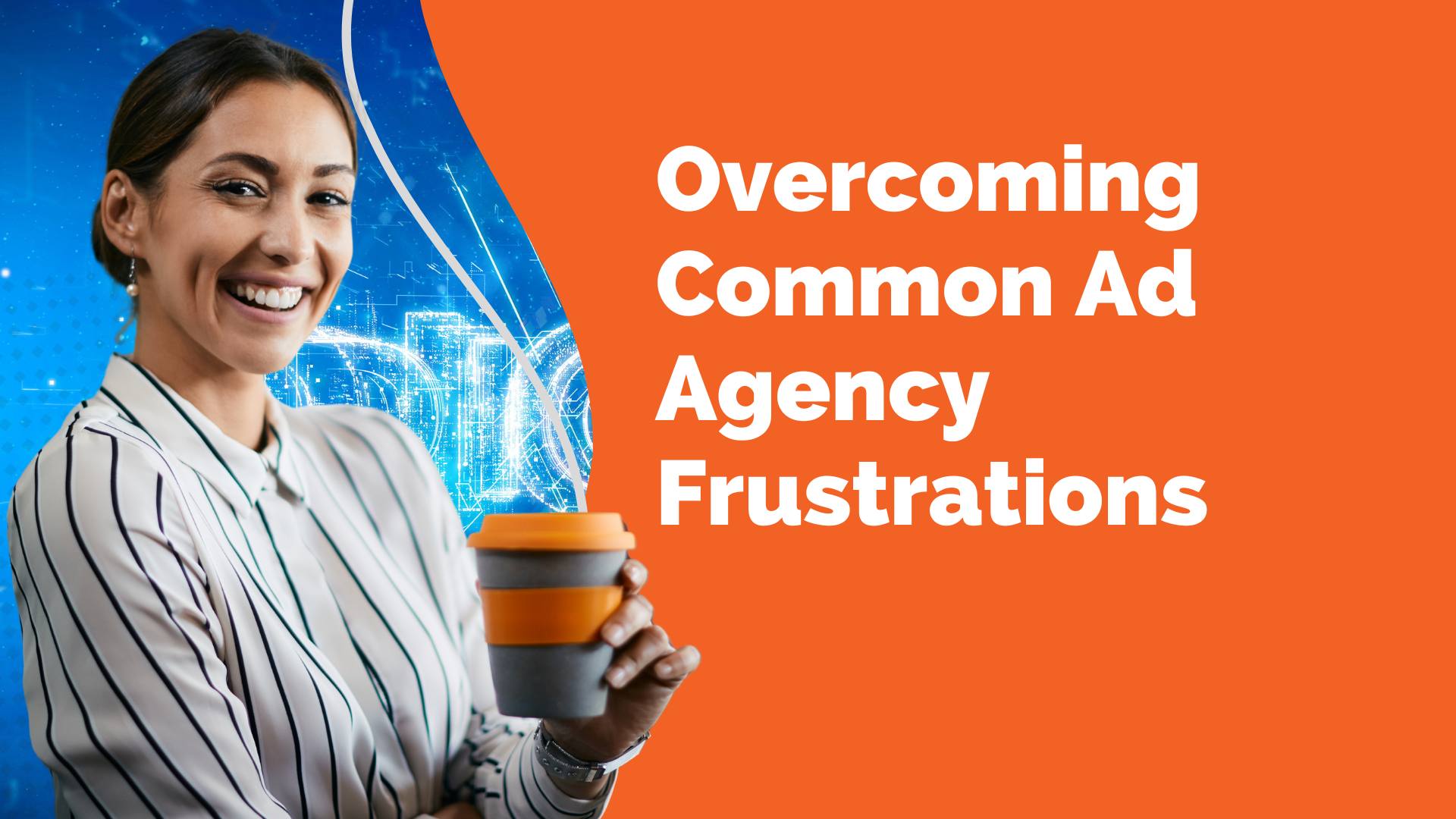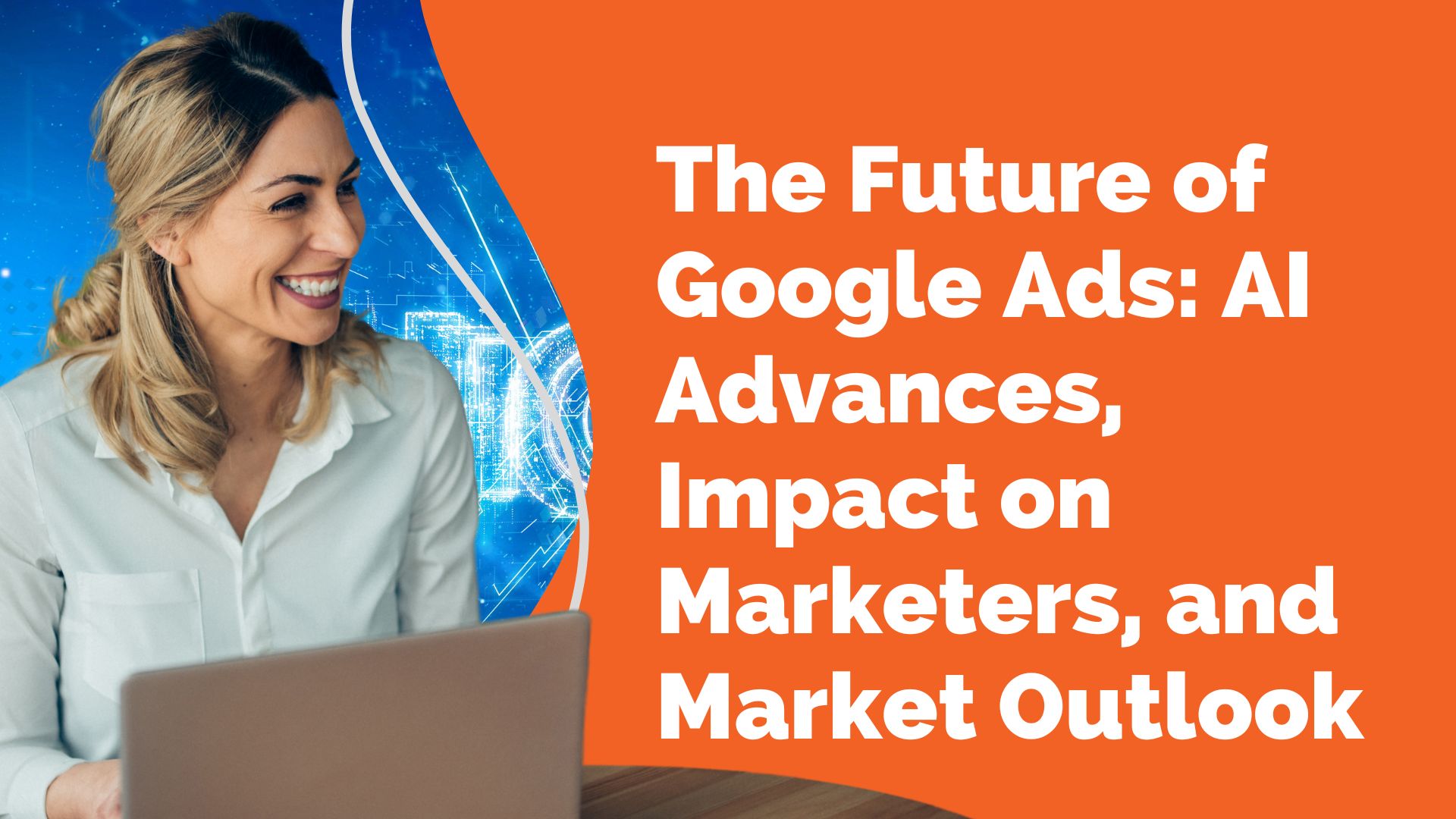In a digital-centric world, cultural establishments such as museums, theaters, and performance venues risk obscurity unless they actively seek online visibility.
The argument against paid advertising—that it commercializes or detracts from cultural integrity—is consistently overshadowed by clear evidence of Google Ads’ power to boost visitor numbers and foster meaningful engagement.
Those institutions committed to long-term impact must embrace Google Ads as an indispensable part of their outreach strategy, not only to survive but to flourish.
Visibility in a Saturated Online Landscape
The principal argument for Google Ads stems from the necessity of standing out in an era overwhelmed by information. Gone are the days when physical flyers and sporadic social media posts alone could suffice. Today’s audiences, armed with smartphones and perpetually connected to the Internet, expect culturally relevant content to find them—often via search queries. By harnessing Google’s Performance Max and Dynamic Search Ads, museums and theaters ensure they appear at the top of search results when potential visitors look for new experiences.
Critics may claim that cultural heritage should be discovered organically. Yet, allowing your institution’s message to sink under digital noise is an act of self-sabotage. If a groundbreaking exhibit or season premiere goes unnoticed because it fails to surface online, culture suffers a far greater blow than any perceived “commercialization” could inflict. Visibility, achieved ethically through targeted ads, increases engagement and broadens public access to art and performance.
Hyper-Targeting Niche Audiences
While artistic programming often caters to distinct audiences—history buffs, ballet enthusiasts, or film aficionados—traditional marketing frequently overshoots the mark. Google Ads counters this inefficiency by offering precision targeting. Keywords, demographics, and location settings allow cultural venues to zero in on individuals most likely to attend exhibitions or purchase tickets.
Opponents worry that such hyper-targeting invades personal privacy, thereby diminishing the beauty of organic discovery. However, interest-based segmentation ensures that ads are as relevant—and as unobtrusive—as possible. Instead of bombarding random browsers, institutions concentrate resources on reaching people genuinely interested in their mission. The result is not a commercialized cultural sphere but rather a more efficient match of art to audience.
Strategic Budget Management and ROI
Museums and theaters, often operating on shoe-string budgets or dependent on public grants, cannot afford to waste marketing dollars. Google Ads’ pay-per-click model ensures you only pay for tangible audience interactions. With smart bidding strategies (like Target CPA or Target ROAS), campaigns are auto-optimized to achieve specific goals—such as ticket sales or membership sign-ups—without the guesswork associated with many traditional marketing channels.
Skeptics might argue that placing money into advertising steals from exhibition budgets or program expansions. Yet, in a holistic sense, a successful advertising campaign that drives increased ticket sales becomes self-sustaining. Furthermore, Google Ad Grants offer nonprofit institutions up to $10,000 in monthly advertising credits, directly addressing budgetary limitations. The bottom line is clear: appropriate use of Google Ads funding can yield a significant return on investment, ultimately funneling more resources back into the cultural content itself.
Storytelling Across Multiple Google Ads Formats
Art captivates precisely because it conveys stories, often well beyond the scope of words alone. Cultural institutions excel when they present these narratives vividly to prospective visitors. Google’s broad range of ad formats—Responsive Display Ads, YouTube Video Ads, and more—elevates marketing from a utilitarian broadcast to a vibrant artistic showcase.
While purists could counter that galleries and theaters compromise authenticity by “selling” their shows through flashy visuals, one must see these ads as extended invitations, not profiteering pitches. High-resolution imagery of new exhibits or behind-the-scenes rehearsal snippets of an upcoming performance can spark curiosity in those who otherwise might never step foot inside a museum or theater. By weaving compelling stories into ad campaigns, venues invite audiences to discover cultural experiences rather than passively stumbling upon them.
Beyond Clicks: Data-Driven Cultural Engagement
Merely tracking clicks risks reducing cultural engagement to a simplistic formula. Fortunately, Google Ads provides extensive analytics—conversion metrics, time-on-page data, bounce rates, and multi-touch attribution. This empowers museums and theaters to refine not just their ad campaigns, but also their programming and user experience.
Some critics warn that data-driven insights over-quantify artistic expression, turning it into a commodity. On the contrary, meticulously studied analytics enrich cultural planning. If a particular theatrical production sees low conversion rates, institutions can probe deeper into artistic direction, pricing structures, or discoverability. When a specific style of exhibit repeatedly achieves strong ad click-throughs and attendance, it indicates a demand that could inspire future curation. Far from being reductive, these data points guide venues to provide more meaningful, resonant cultural opportunities.







